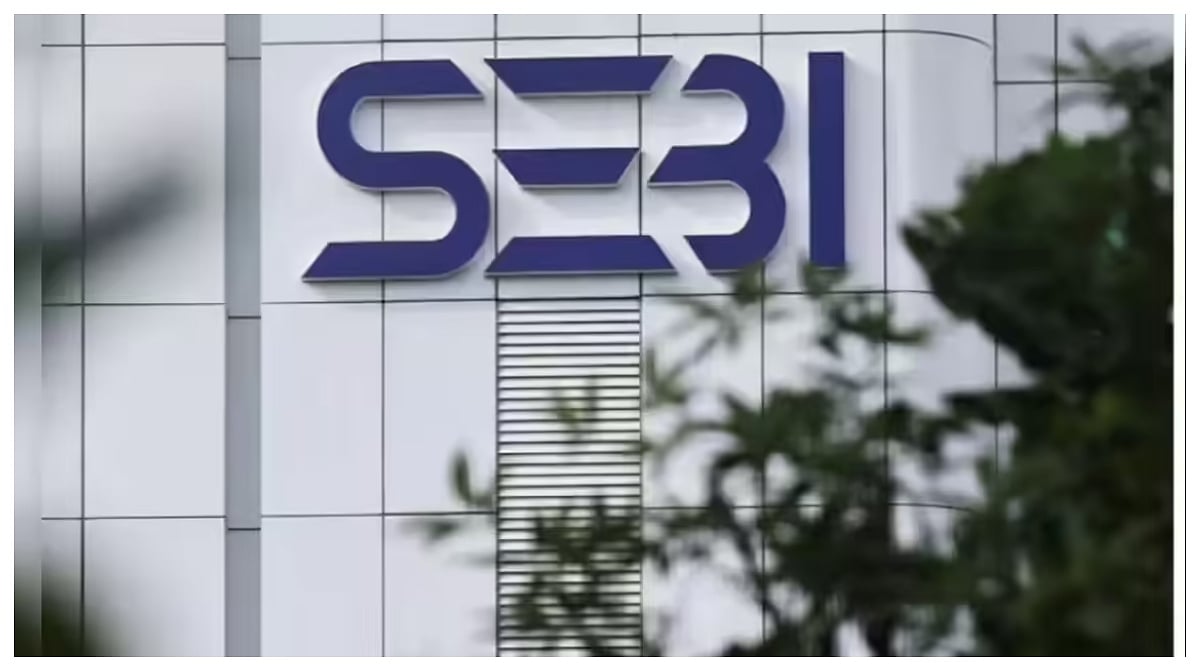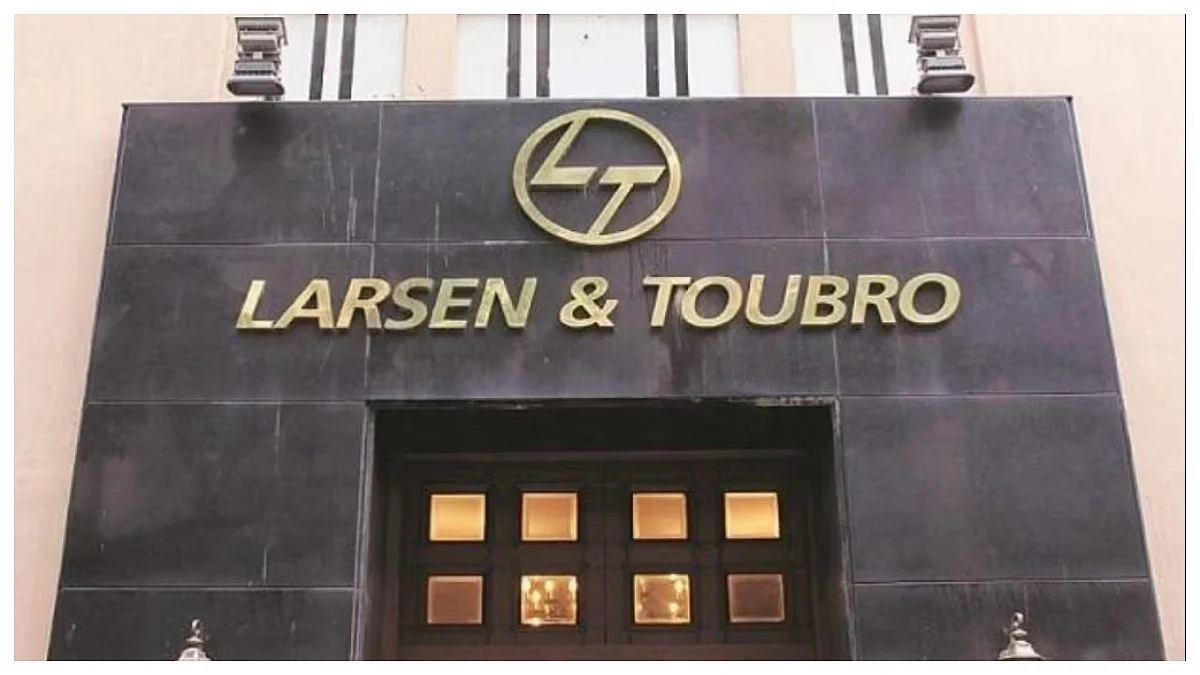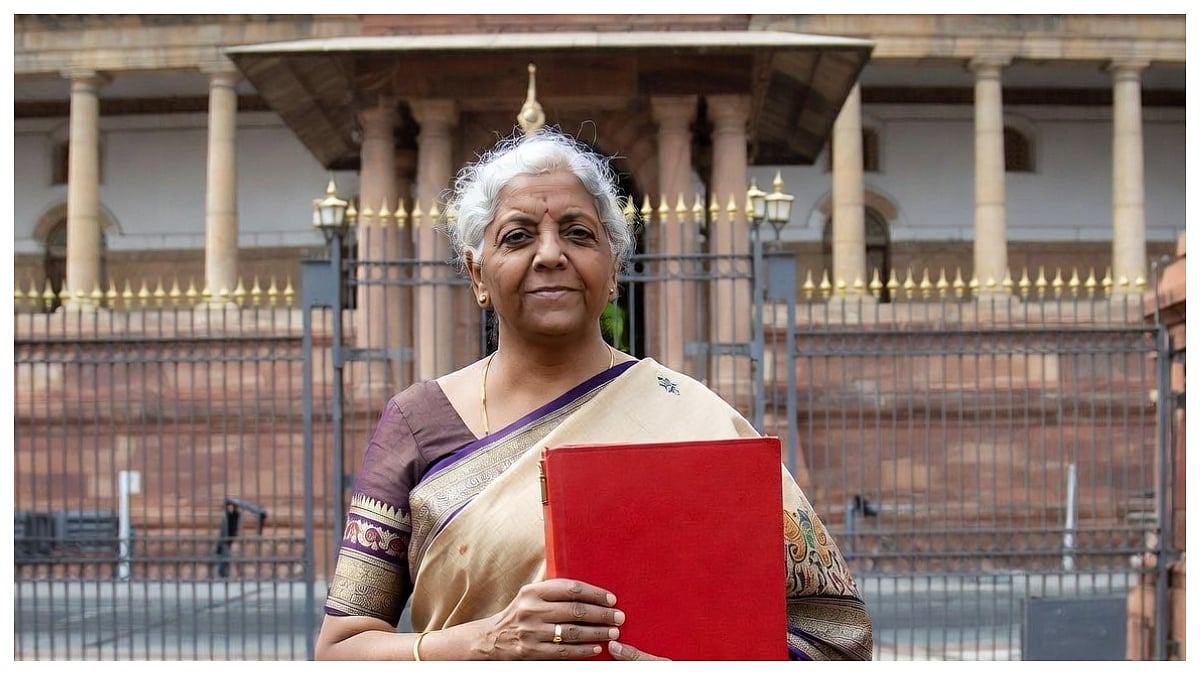Mangaluru-headquartered Karnataka Bank will soon complete a century. With such a legacy comes with responsibility and Karnataka Bank’s MD and CEO, Mahabaleshwara M S, is trying to carry forward this legacy with the utmost importance. Mahabaleshwara shares with Free Press Journal his vision for the bank.
Edited excerpts:
During the last quarter, higher slippages played the spoilsport. Where do you see your gross bad loans and provisions coverage by the end of FY19?
The previous year was very challenging for the banking industry on account of additional slippages to NPA owing to delinquencies in select sectors and impact of RBI’s revised framework on resolution of stressed assets. Nevertheless, for our bank during Q1 FY19, the slippage ratio reduced to 0.59 per cent compared to a 2.88 per cent Q-o-Q and a 1.38 per cent Y-o-Y. While GNPA reduced from Rs 2,376.07 crore (4.92 per cent) to Rs 2,296.53 crore (4.72 per cent), NNPA reduced from Rs 1,400.51 crore (2.96 per cent) to Rs 1,395.97 crore (2.92 per cent) during Q1 FY19. I am optimistic that for FY19, we should be able to contain GNPA to a level of around 4 per cent and NNPA at below 3 per cent and also maintain a PCR at around 55 per cent to 60 per cent by the end of FY19.
Which segment is showing the strength— corporate, mid-corporate or retail books? And what is your disbursement target in FY19?
During FY18, total advances of the bank grew from Rs 36,915.70 as on March 31, 2017 to Rs 47,251.75 crore as on March 31, 2018 thereby registering a robust growth of 28 per cent as against the banking industry growth of 10.30 per cent. There has been a balanced growth among corporate, mid-corporate as well as retail sectors. Some of the sectors which contributed significantly are MSME (37.52 per cent), housing (17.09 per cent), lease rental discount (25.08 per cent), car loans (13.54 per cent), personal loans (17.69 per cent), education loans (19.82 per cent) etc. Further, we have set a goal of achieving a total business turnover of Rs 1,30,000 crore for FY19 with Rs 72,000 crore of deposits and Rs 58,000 crore of advances.
The idea of a bad bank is back. What are your thoughts on the same?
The ‘bad bank’ concept is not a bad idea. There is nothing wrong in experimenting. Theoretically speaking, after the removal of bad assets from the balance sheet, the banks would be able to start afresh and lend again. This will help the banks to earn enough interest from the new ‘good loans’ which might as well outweigh the losses from the bad loans of the past. Basically, ‘bad bank’ would provide a breathing space to the banks which are bulldozed with the load of losses from the NPA accounts. Apart from that, I am of the opinion that the bad bank will also enhance the effectiveness of recovery measures from such NPA accounts as it will have specialised resources with sufficient expertise and better mechanism to tackle the issue on hand. The said idea is appreciated in other countries such as Sweden, Finland and Ireland which have used the concept of ‘bad bank’ as successful tool and as near as our neighbour China and also South Korea which had resorted to creation of ‘bad bank’ as well. However, in the meantime, it is equally important to ensure that such banks do not again end up in building ‘bad loans’ portfolio once the clean-up happens. In this background, banks need to have some institutional mechanism.
Does Karnataka Bank need further capital infusion?
For any bank, the capital is most important and its requirement is always there for business expansion. The raising of capital is an ongoing process. Karnataka Bank is regarded as one of the few well capitalised banks. Our capital adequacy ratio (CAR as per Basel III) stood at 12.04 per cent as on March 31, 2018. Moreover, in our 94th Annual General Meeting, the shareholders have passed a resolution to increase the authorised share capital to Rs 800 crore. Whenever further capital infusion is required, certainly we will go to the market.
Does your bank have any exposure to the real estate sector?
The bank has exposure to all major sectors of the economy including the real estate. The bank has been financing to the real estate sector, which includes the residential sector and the commercial real estate sector (CRE). The bank is focussing on home loans and has centralised home loan sanctions by setting up Regional Loan Processing Centre (RLPC) at the regional offices. This initiative has brought down the turnaround time considerably in sanctioning loans. The bank has been achieving good growth under housing sector advances. About 11.58 per cent of our total advances is lent under the housing sector and another 5.84 per cent to the commercial real estate sector and the portfolio is growing at above 17 per cent.
How equipped is Karnataka Bank and the other public sector banks (PSBs) to take on the disruption caused by new-age financial technology companies?
Karnataka Bank has launched various digital products like internet banking, mobile banking, UPI, PoS Manager, KBL e-collect, robotic process automation etc. These products are developed and equipped with latest features available in the market like payment through QR, auto bill pay, e-commerce payment facility etc. Along with the above, the bank is exploring the latest technologies in payment industry and is in the process of implementing the new age products like blockchain, Artificial Intelligence (AI) powered Chatbot, machine learning for data analytics, NFC payments, etc. In the recent past, a good number of fintech companies, small finance banks, payment banks, startup companies etc. have emerged in the Indian financial sector. We treat it as an opportunity for co-operation and collaboration in furthering the agenda of financial inclusion wherever found necessary. Further, to augment the credit portfolio, the bank is in talks with a few leading fintech companies for possible tie-ups in the coming days.
How do you see the consolidation of state-run banks evolving?
Consolidation in the banking sector is not a new phenomenon and is a continuous process. In the recent past also, we have witnessed the consolidation of associate banks with SBI. Consolidation of the PSU banks may not be ruled out as many of them are under Prompt Corrective Action (PCA) of RBI on account of multiple problems.
What is your view on the privatisation of public sector banks?
In the present scenario, I believe that our country needs sustainable high growth for its socio-economic development which is possible only in the presence of robust and dynamic banking sector. Privatisation of PSBs alone is not a permanent solution. We may expect the regulator and the government to address more inherent issues related to governance, NPA management, productivity, risk management and customer service.
Earlier, you have spoken about exploring various transformational opportunities. Can you share some of these initiatives?
Our bank has 94 years of glorious history of being the best in the fundamentals of banking, customer services with state-of-the-art technology and technology-driven products. However, in the view of the fast-changing banking landscape in the financial and technological front, there was a necessity to revisit the strategy to take the bank to a new pinnacle in the banking industry and to emerge still stronger by the turn of the first century of the bank i.e. 2024. Hence to meet the growth aspirations through business excellence, we have initiated a transformation project, namely – Project ‘KBL-VIKAAS’. The bank’s vision plan (KBL Vision 2020) is subsumed with the transformation plan keeping in the mind the long term aspirations. It will cover the entire ecosystem of the bank. For this purpose, we have partnered with Boston Consulting Group (BCG), a leading global management consulting firm and the world’s leading advisor on business strategy. Thus, the bank is in the threshold of ‘total transformation’ and ‘inclusive transformation’ powered by ‘KBL – VIKAAS’ to emerge as ‘bank of the future’ by the turn of the centenary year of the bank in 2024.
The Reserve Bank of India has started raising interest rates after over four years. How do you see the interest rate scenario?
I believe this step from the regulator will surely help maintain financial stability and will contain second-round inflationary impact from higher oil prices and a weaker rupee. Hence, RBI’s recent decision to hike the repo rate is a well thought of decision to save the economy from inflationary pressure. Further, it is expected that there is going to be a long cycle of hikes. It seems that low interest rate regime has bottomed out and interest rates have started moving up.








